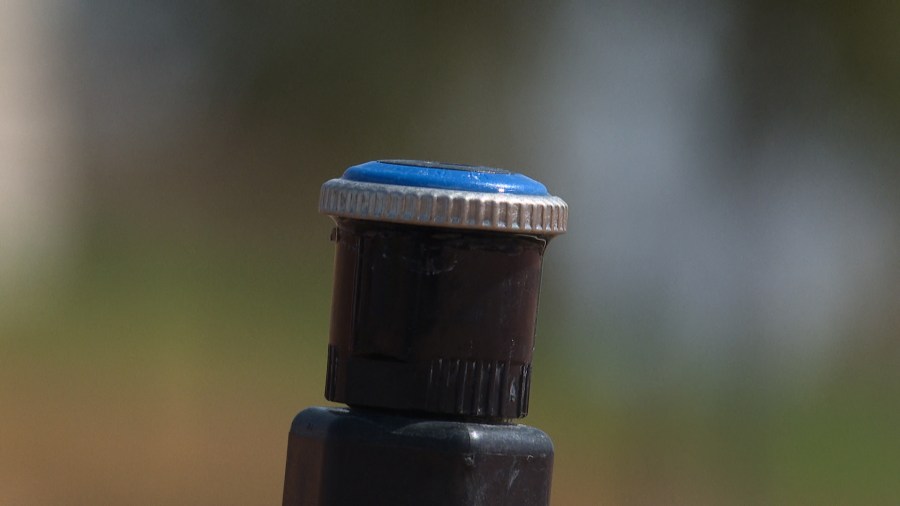
Why water restrictions vary across Texas cities
AUSTIN (KXAN) — As Texas cities tighten water restrictions due to infrastructure problems, low supply and high demand, state water agencies say there’s no state standardization for how water restriction stages are determined.
The Texas Commission on Environmental Quality (TCEQ) said it requires wholesale and retail water suppliers to notify it within 5 business days of mandatory water use restrictions being implemented.
However, the TCEQ said Drought Contingency Plans are developed at the local level, which is why they can vary city-to-city.
“Drought Contingency Plans (DCP) are developed at the local level, by the water supplier, and focus on potential issues related to their water system’s production capacity or water supply sources,” the TCEQ said in a statement.
Recently, the City of Burnet implemented Stage 3 water restrictions which permit outdoor watering once per week on an allotted day. Comparatively, Stage 3 water restrictions exist for a third of water customers in the City of Georgetown where no outdoor watering is allowed until early September.
The TCEQ said each Drought Contingency Plan is unique to each water supplier’s specific needs and water supply operations.
The Lower Colorado River Authority, a major water supplier for Central Texans, announced this week that it was implementing Stage 1 water restrictions.
We asked John Hofmann, executive vice president of water at the Lower Colorado River Authority, for his thoughts on standardized water restrictions in Texas.
He said the state is so large, statewide restrictions could ignore important regional differences.
“We have so much diversity within the state of Texas. It would be very difficult to have a statewide standard. In Central Texas we have three different river basins and multiple aquifers that provide water depending upon the utility. So trying to come up with a standard for that could be challenging,” Hofmann said.

